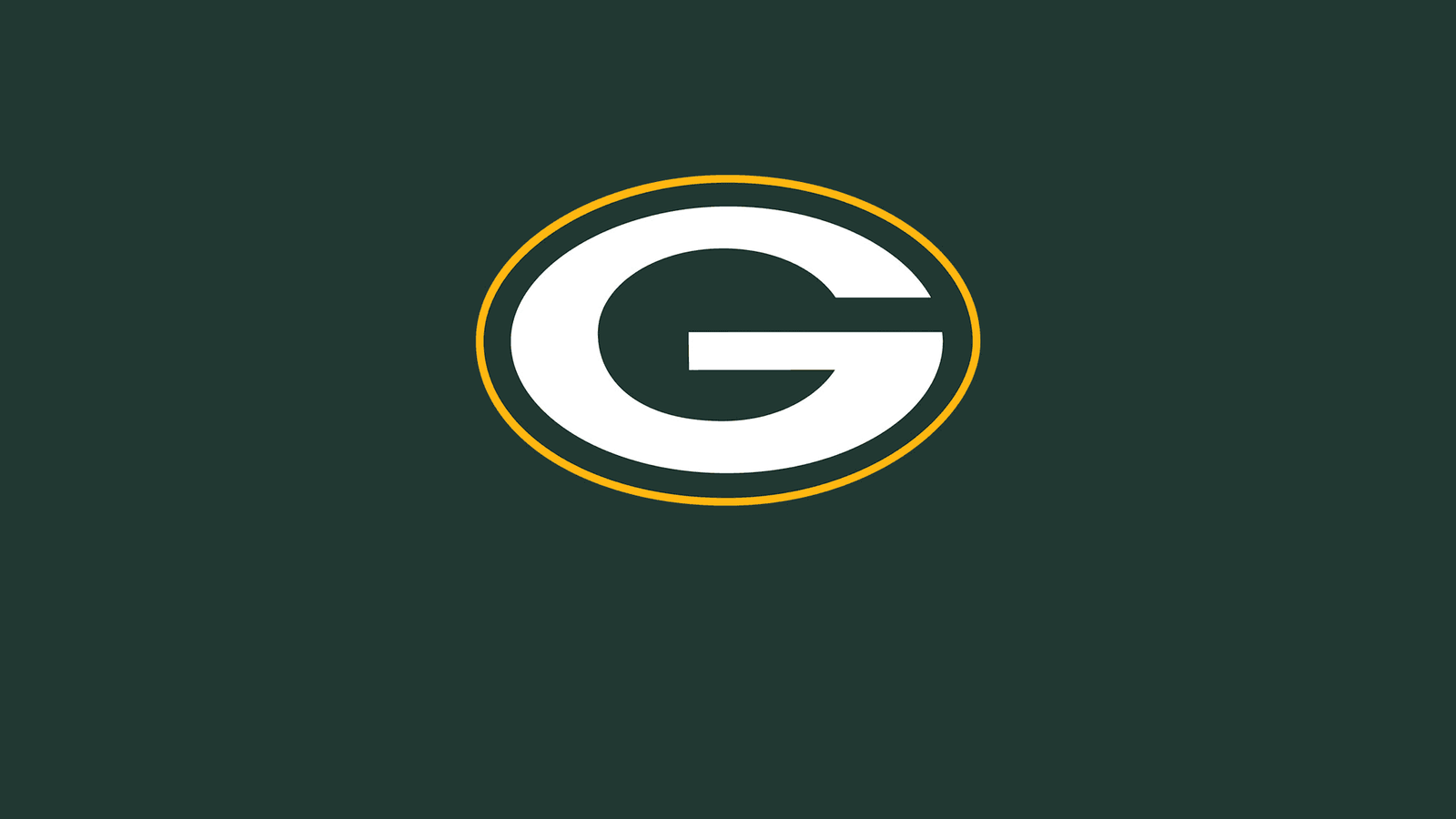The Green Bay Packers, one of the most storied franchises in the National Football League (NFL), were founded on August 11, 1919, by Earl “Curly” Lambeau and George Calhoun. The team, based in Green Bay, Wisconsin, is unique as it is the only major league professional sports team in the United States that is publicly owned.
Early Years (1919-1945)
Formation and Early Success
The Packers were initially a semi-professional team sponsored by the Indian Packing Company, which provided Lambeau with $500 for uniforms and equipment. Lambeau, a former high school football star, became the team’s first player-coach. In 1921, the Packers joined the American Professional Football Association (APFA), which was renamed the NFL in 1922.
During the early years, the team faced financial difficulties and narrowly avoided bankruptcy several times. However, Lambeau’s leadership and the community’s support kept the team afloat. In the late 1920s, the Packers began to emerge as a competitive force in the league.
The Lambeau Era (1921-1949)
Under Lambeau’s guidance, the Packers won their first NFL championship in 1929, followed by additional titles in 1930 and 1931. These early championships were based on the league standings, as the NFL did not have a playoff system until 1933.
- 1929 NFL Championship
- 1930 NFL Championship
- 1931 NFL Championship
Lambeau also led the team to championships in 1936, 1939, and 1944. The Packers’ success during this period was due in part to Lambeau’s innovative passing game and the contributions of star players such as Don Hutson, who revolutionized the wide receiver position.
- 1936 NFL Championship
- 1939 NFL Championship
- 1944 NFL Championship
The Post-Lambeau Years (1950-1958)
The departure of Curly Lambeau in 1949 marked the end of an era for the Packers. The team struggled through the 1950s, failing to post a winning season and suffering from a lack of consistent coaching and management. This period was marked by instability and poor performance on the field.
The Lombardi Era (1959-1967)
The fortunes of the Packers changed dramatically with the arrival of Vince Lombardi in 1959. Lombardi, who became the head coach and general manager, instilled a culture of discipline, hard work, and excellence. Under his leadership, the Packers became one of the most dominant teams in NFL history.
Championships and Dominance
Lombardi led the Packers to five NFL championships in seven years, including victories in the first two Super Bowls.
- 1961 NFL Championship
- 1962 NFL Championship
- 1965 NFL Championship
- 1966 Super Bowl I
- 1967 Super Bowl II
The 1966 and 1967 teams were particularly notable for their resilience and determination, epitomized by the 1967 “Ice Bowl” victory over the Dallas Cowboys in the NFL Championship Game, which propelled the Packers to Super Bowl II.
The Post-Lombardi Years (1968-1991)
Following Lombardi’s departure after the 1967 season, the Packers experienced a long period of mediocrity and decline. From 1968 to 1991, the team struggled to find consistent success, going through multiple head coaches and failing to make significant playoff runs.
The Brett Favre and Mike Holmgren Era (1992-2007)
The hiring of head coach Mike Holmgren in 1992 and the acquisition of quarterback Brett Favre marked the beginning of a new era for the Packers. Favre, known for his durability and gunslinger mentality, became one of the most iconic players in NFL history.
Return to Glory
Under Holmgren and Favre, the Packers returned to prominence, culminating in victories in Super Bowl XXXI and a return trip to Super Bowl XXXII.
- 1996 Super Bowl XXXI
The Packers won Super Bowl XXXI against the New England Patriots, bringing the Lombardi Trophy back to Green Bay for the first time since the Lombardi era. They returned to the Super Bowl the following year but were defeated by the Denver Broncos.
The Aaron Rodgers Era (2008-present)
Following Favre’s departure in 2008, Aaron Rodgers took over as the starting quarterback. Rodgers quickly established himself as one of the league’s elite quarterbacks, known for his accuracy, mobility, and football intelligence.
Continued Success
Rodgers led the Packers to victory in Super Bowl XLV, securing the franchise’s fourth Super Bowl title.
- 2010 Super Bowl XLV
Under Rodgers, the Packers have remained perennial contenders, consistently reaching the playoffs and vying for championships.
Trophies and Championships
- 1929 NFL Championship
- 1930 NFL Championship
- 1931 NFL Championship
- 1936 NFL Championship
- 1939 NFL Championship
- 1944 NFL Championship
- 1961 NFL Championship
- 1962 NFL Championship
- 1965 NFL Championship
- 1966 Super Bowl I
- 1967 Super Bowl II
- 1996 Super Bowl XXXI
- 2010 Super Bowl XLV
Legacy and Community
The Green Bay Packers are more than just a football team; they are a community-owned institution deeply rooted in the city of Green Bay. Lambeau Field, known as the “Frozen Tundra,” is one of the most iconic stadiums in sports and a testament to the team’s rich history.
The Packers’ unique ownership structure, with over 360,000 shareholders, underscores the team’s connection to its fans and community. This bond has helped sustain the franchise through good times and bad, making the Packers a beloved and enduring symbol of professional football.

